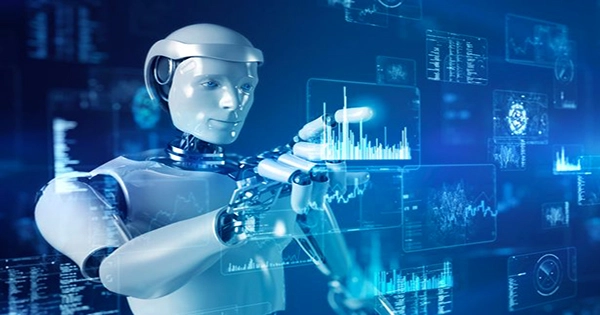A promising development for the future of computation was revealed by Google’s quantum computing division: a significant decrease in the error rate of quantum computers. Despite the fact that quantum computing is renowned for its extraordinary computational power, it frequently exhibits a high rate of error, making many computations unreliable.
The industry will need to achieve error rates in the range of 1 in 10,000,000,000 to 1 in 10,000, according to Google’s VP of Engineering Hartmut Neven and Director of Quantum Hardware Julian Kelly, in order to operate quantum circuits that can resolve industrially relevant issues.
The team has found that, under some circumstances, a logical qubit gets better the more physical qubits are used to build it. This is only accurate, though, if the advantages of quantum error correction exceed the extra errors caused by each extra physical qubit.

By creating an error-correcting code known as a surface code, Google’s Quantum AI Team has accomplished a first-ever achievement for any quantum computing platform. Repeating the procedure allows any mistakes, like flipped bits, to be ruled out by what the researchers refer to as a majority vote.
The company’s roadmap, which consists of six stages and eventually leads to error-corrected quantum computing, includes this as just one component. The business recently moved into stage two of its plan to create a logical qubit prototype and hopes to create a long-lasting logical qubit past 2025.
Although Google considers this to be a significant development, it is essential to remember that error-free quantum computing is still years, if not decades, away. Although there is still a long way to go, advancements like these bring us closer than ever to utilizing quantum computing to its fullest potential.
















